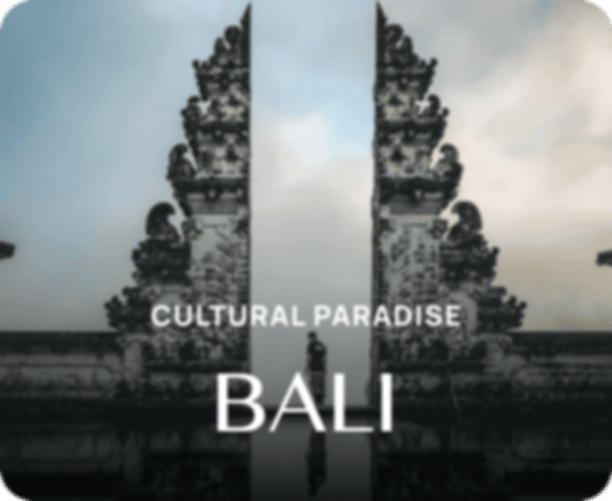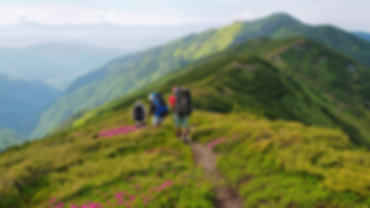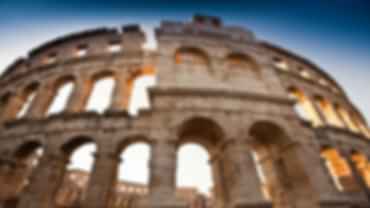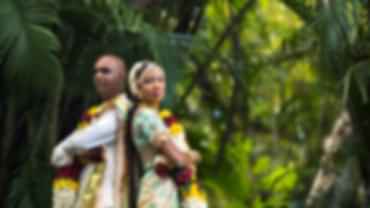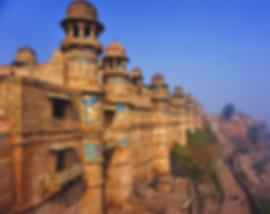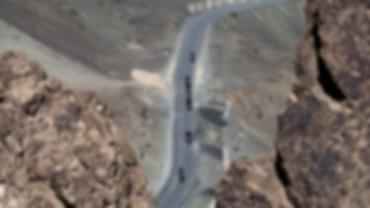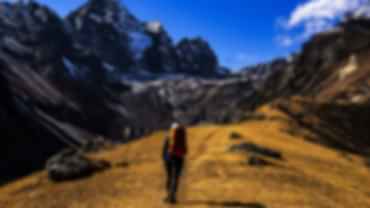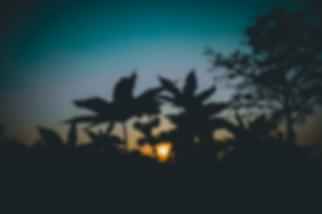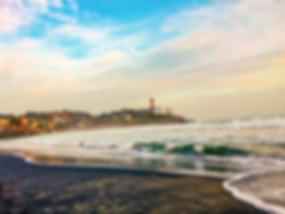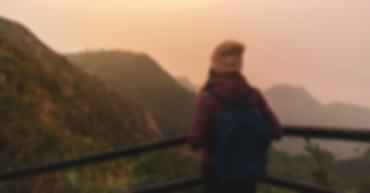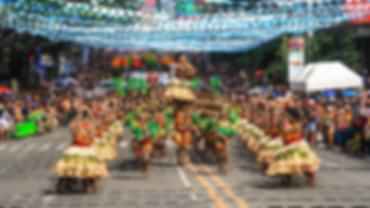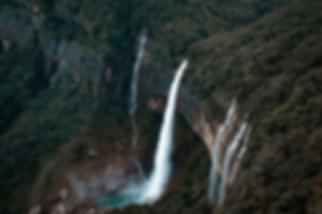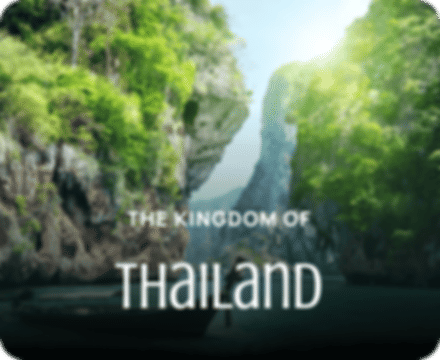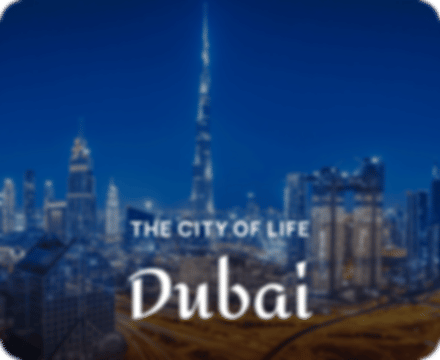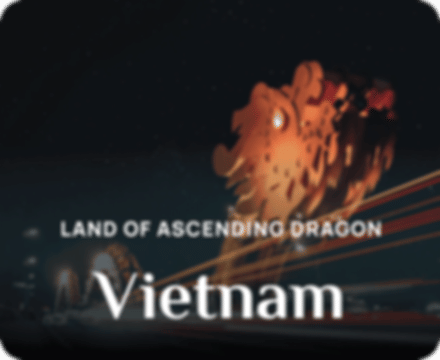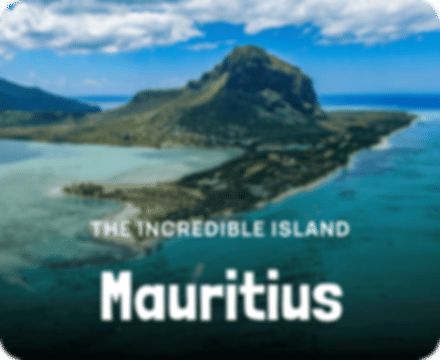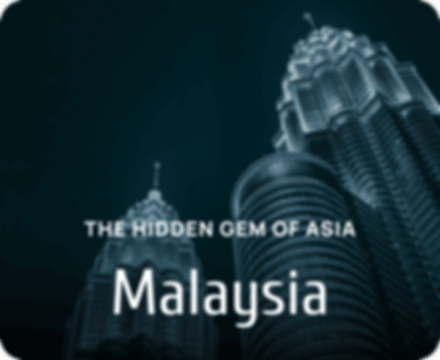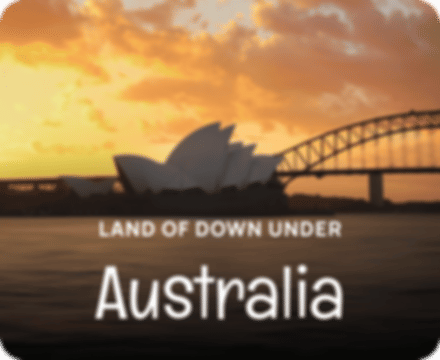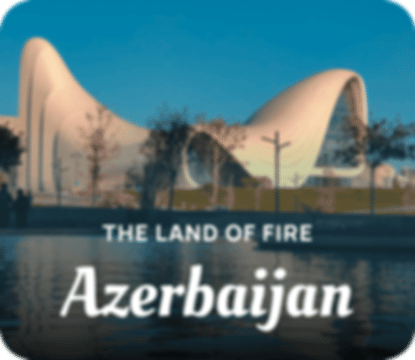An Ultimate travel Guide to Nokrek National Park, Meghalaya
Author
Buvaneshwari Gopinath
Date of Publishing
November 17, 2022
Read
5 minutes
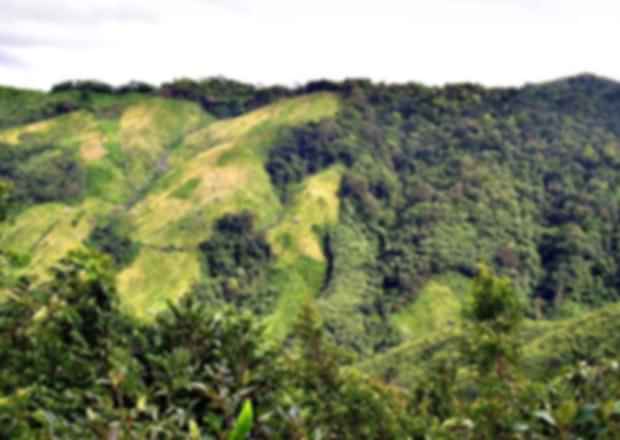
The Nokrek National Park is located in the state of Meghalaya in India and is the core of the Nokrek Biohemisphere Reserve, which is listed as a UNESCO heritage site. The park is 2 kilometres away from the Tura Peak and it is one of the best National Parks in Meghalaya. The park is home to red pandas, rare birds, wild elephants and rare orchids. It is also believed that the park is home to Mande Burung aka the Jungle man or the ape-man. Some have even reported seeing one around. So, here is an ultimate travel guide to Nokrek National Park, Meghalaya.

Norek National Park
How to reach Nokrek National Park?
The Park is tucked near the Tura peak, in West Garo Hills. One can either take a train to Guwahati or take a flight to Guwahati and then hire a cab to reach the park. Either way, the park is a roughly three-hour drive from the city of Guwahati.
What’s the best time to visit Nokrek National Park?
The best time to visit Meghalaya is anytime during the year. Situated in Northeast India, the state experiences beautiful weather throughout the year. So, you can visit the park anytime and enjoy the best of it.
Things to do in Nokrek National Park

Red Panda
- Go bird watching! The park houses many migrant birds and some of the rare birds. Get your binoculars and spot some colourful birds.
- The park is stretched across 48 square kilometres roughly. Take a hike through one of the many trails and enjoy the view it leads to.
- The park also houses charming waterfalls such as the Wachi falls, Simsanf falls and Rongbang Dare falls. Though you are not allowed to swim in the water, visit these beautiful falls and click some surreal pictures.
- The park is also famous for the Limestone Siju caves. These caves are also known as the Bat cave and it is famous for stalagmites and stalactites. There are many guides outside the caves helping the tourists explore it. We highly recommend you to go on a guided tour rather than going as a lone ranger.
Also read: Things to do in Meghalaya
Travel Tips
- Be sure to carry insect repellent sprays and cream
- Carry sunscreen lotions and cream
- Be sure to carry water and first aid kit along
- The park houses many mountain snakes and other kinds of snakes. Always keep an eye on when you walk
- Wear comfortable and mountain appropriate clothes and shoes.
- Pack only the essentials while visiting the park and be sure to pack it light
- Carry allergic medicines along with you
- The park doesn’t have proper cafes or restaurants insides. We suggest you pack your food and carry along with you
Entry fee
Anyone can enter the Nokrek National Park by paying Rs 40/- as an entry fee. The amount remains the same for both the adults and kids.
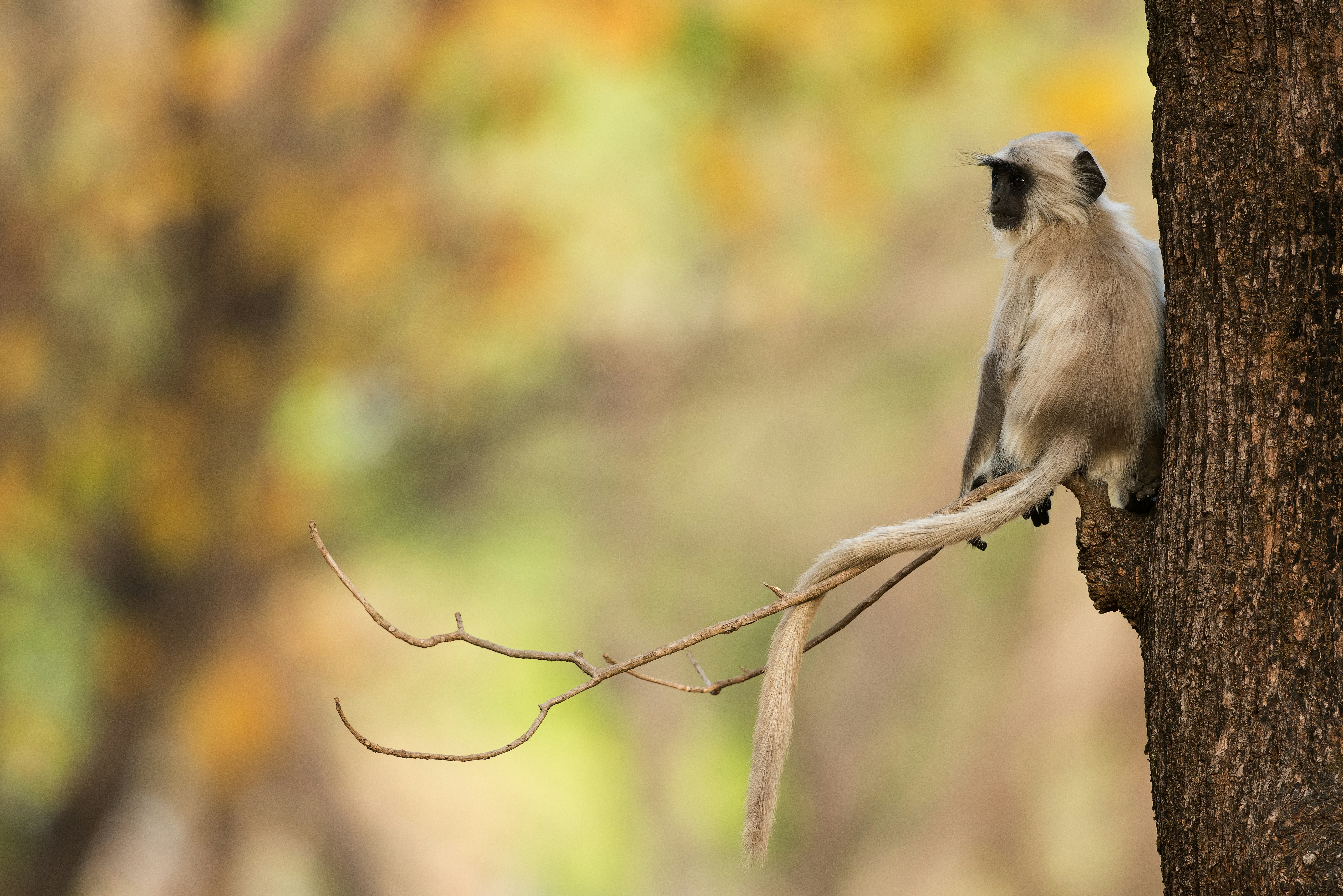
Monkey on a tree
Opening hours
The Nokrek National Park is open from 10 AM to 5 PM all throughout the year. It remains open even during festivals and national holidays.
For all those people who love travelling but are worried about the budget. Well, don’t be anymore. Travel to Meghalaya and visit the best places over there with Pickyourtrail. Still sceptical? Talk to our travel consultants who can help you out and experience safe travel with Pickyourtrail.
Pickyourtrail provides exceptional International tour packages, allowing you to tailor your itinerary to perfection for an unforgettable travel experience.
Unwrap the world with Pickyourtrail!
FAQ’s
Meghalaya.
The Red Panda.
It is famous because it is home to some of the rare plants and animals.
Garo Hills.
Locally it is translated as the heart and lung of the Garo Hills.
Indian Tourism Useful Resources
Andhra Pradesh Tourism | Uttarakhand Tourism | Sikkim Tourism | Andaman Nicobar Tourism | Rajasthan Tourism | Goa Tourism | Lakshadweep Tourism | Telangana Tourism | Meghalaya Tourism | Kashmir Tourism
Places to Visit Useful Resources
Places to Visit in Uttarakhand | Places to Visit in Goa | Places to Visit in Kashmir | Places to Visit in Rajasthan| Places to Visit in Sikkim | Places to Visit in Andaman Nicobar | Places to Visit in Meghalaya | Places to Visit in Andhra Pradesh | Places to Visit in Lakshadweep | Places to Visit in Telangana
Things to do Useful Resources
Things to do in Goa | Things to do in Andaman Nicobar | Things to do in Kashmir | Things to do in Lakshadweep | Things to do in Sikkim | Things to do in Meghalaya | Things to do in Rajasthan | Things to do in Uttarakhand | Things to do in Andhra Pradesh | Things to do in Telangana
Best Time to Visit Useful Resources
Best Time to Visit Kashmir | Best Time to Visit Andaman Nicobar | Best Time to Visit Goa | Best Time to Visit Sikkim | Best Time to Visit Rajasthan | Best Time to Visit Lakshadweep | Best Time to Visit Meghalaya | Best Time to Visit Uttarakhand | Best Time to Visit Andhra Pradesh | Best Time to Visit Telangana
Recommended articles for you
Discover Packages



